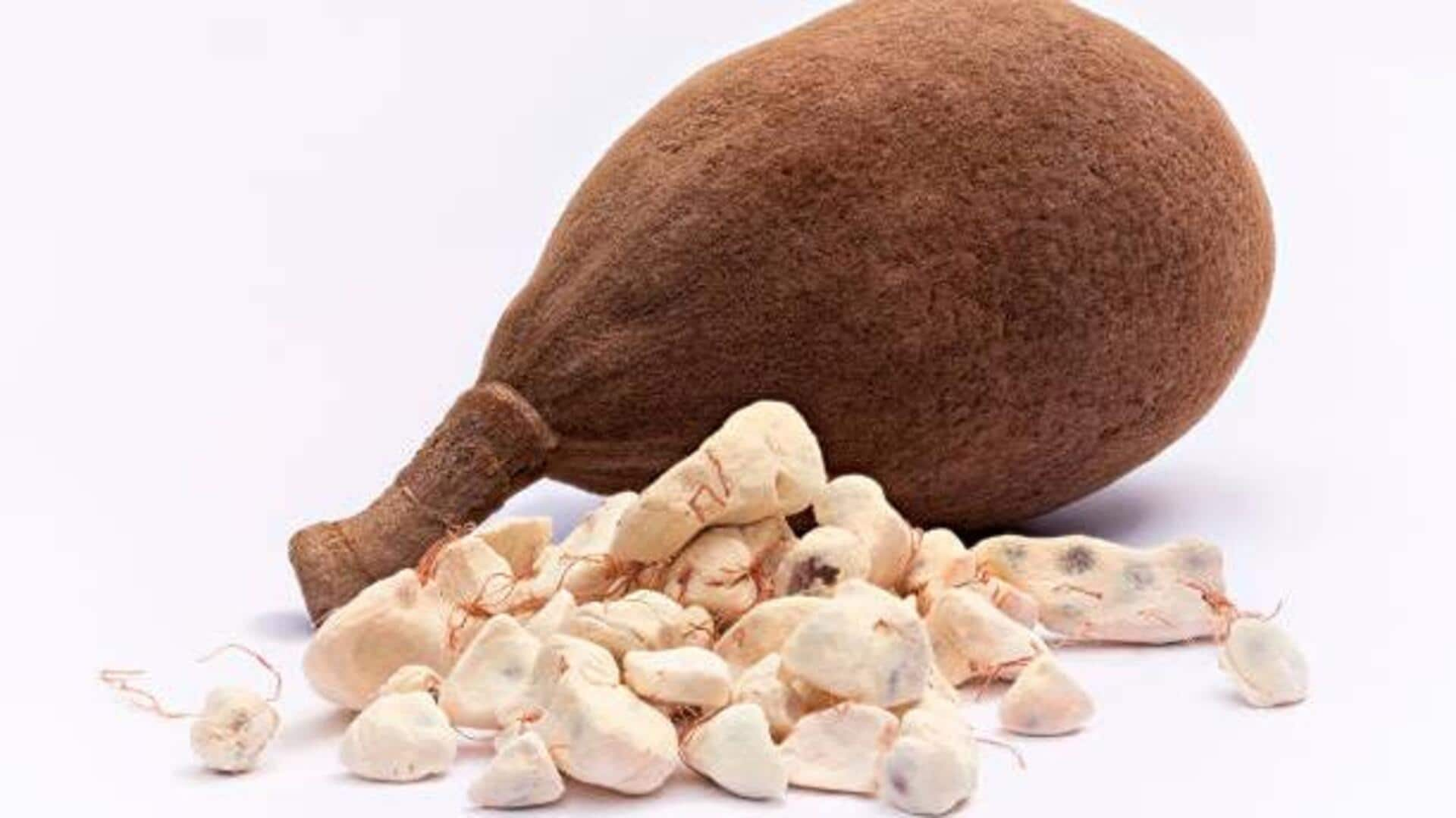
Majestic baobab: 5 vegetarian dishes to try
What's the story
The baobab tree, popularly known as the "Tree of Life," represents the spirit of resilience and nourishment in Africa. Its stature is not just majestic, but its roots are also embedded in the continent's culinary heritage. African cuisine is home to an extensive range of vegetarian dishes that are rich in flavors and nutrition. Here are five of them, reflecting the essence of African vegetarianism.
West African staple
Jollof rice delight
Jollof rice is a favorite dish all over West Africa, thanks to its beautiful color and delicious flavors. Cooked with tomatoes, onion, and bell peppers, this dish is usually spiced with thyme and bay leaves. It can be eaten alone or with some vegetables for texture. Every region has its own unique take on jollof rice, making it the perfect option for those who want to explore African vegetarian cuisine.
East African Classic
Ugali: A Kenyan favorite
Ugali is a staple food of Kenya and other parts of East Africa. It is made from maize flour and water, and has a firm consistency similar to polenta. Ugali is usually served along with vegetable stews or sauteed greens like sukuma wiki (collard greens). Its simplicity allows it to go well with any flavor while providing a filling meal option.
North African tradition
Moroccan couscous experience
Couscous is an essential part of Moroccan cuisine, usually served as the star of the show during family meals. The dish features steamed semolina grains topped with a variety of vegetables including carrots, zucchini, and chickpeas flavored with aromatic spices like cumin and coriander. The fusion makes for a wholesome yet light meal that embodies North African flavors.
Spicy vegetable relish
South African chakalaka
Chakalaka is a spicy vegetable relish from South Africa's townships. It usually consists of tomatoes, onions, carrots, beans or peas seasoned with curry powder or chili flakes for the heat intensity according to the level of preference of people. The delightful accompaniment goes well alongside pap (maize porridge), creating a harmonious balance between textures within every bite taken during the consumption process itself!
Fermented flatbread delight
Ethiopian injera adventure
Injera doubles as your plate and utensil when digging into traditional Ethiopian meals, thanks to its one-of-a-kind spongy texture. The texture is obtained by fermenting teff flour with water, left overnight before being cooked, giving it a sour taste. It goes perfectly well with the spicy lentil stew called Misir Wot, among other plant-based delights that populate Ethiopia's diverse culinary landscape.